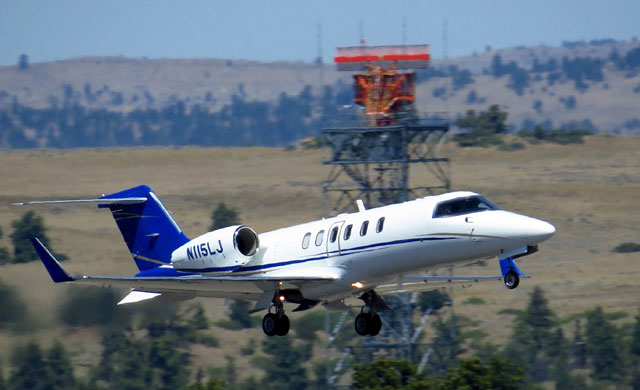When asked about the influence of the French Revolution, the late Chinese premier Zhou Enlai is reputed to have said: ‘Too early to say.’ It’s much the same with Buffett’s August 1998 investment in NetJets, at $725m. For the next 11 years it made an aggregate loss of $157m.

By 2010 the investment was certainly looking like a dud. But then the turnaround began, resulting in annual profits regularly north of $200m. If this pattern continues Berkshire should end up with a decent amount of money from NetJets. But it was an awfully long time coming, and during that time billions of Berkshire’s cash or debt guarantees were taken from other investment prospects to expand NetJets.
It is no great surprise that Buffett declared in his 2011 letter that “A few years ago NetJets was my number one worry: Its costs were far out of line with revenues, and cash was hemorrhaging. Without Berkshire’s support, NetJets would have gone broke.”
The opportunity cost of this investment in the first years of the twentieth century was considerable. Future Buffett historians may conclude that although the money put in has been recovered it was a poor investment choice. But we’ll have to wait and see – maybe it’ll start producing $1bn of cash year after year for Buffett to invest elsewhere. It certainly overwhelmingly dominates its niche market of fractional aircraft ownership so there is potential there – if the niche grows and if price competition is restrained. A couple of big “ifs”.
There are some important lessons for all investors in this case study – not least that even Warren Buffett can make mistakes, hence the need for a portfolio approach – which I’ll reveal over a few newsletters. Another point to watch out for is: market dominance – NetJets had 50 – 60% of the market – does not guarantee profits . (Much depends on contestability or direct rivalry. Also much depends on the depth of customer demand – how many people do you know that want to pay for a private jet flight?)
The business model
Before the NetJets model was invented if you were a time-poor executive or wealthy person wanting to fly you had three choices. First, you could book like everybody else on a scheduled airline flight. Even with First-class treatment there are obvious downsides such as being limited in destinations and timing. Also, the hub-and-spoke system can be a trial of endurance, even without flight delays.
Second, you could buy your own private jet. But this becomes expensive especially if the depreciating asset spends most of the time in hanger. And it is a lot of hassle to maintain, insure, staff etc. Also, most private planes cannot fly intercontinental. As a rule of thumb buying your own plane is not worth it unless you are going to be in the air around 400 hours per year.
The third possibility is to charter a private plane trip by trip to take you where you want to go with minimal fuss. The downsides here are the higher cost per mile and the limited availability of planes in the right place.
Richard Santulli, a former mathematics academic and Goldman Sachs alumni, thought of a better way for people who did not need a plane every day, which he called fractional ownership. With this you buy a portion – say one-quarter or one-eighth – of a jet. You are then entitled to 200 or 100 flying hours per year.
In addition to the up-front cost of purchase which could be a million or two, you pay a monthly management fee to cover things like pilot salaries and training, insurance and hanger space ($5,000 – $20,000 per month for a smallish plane (7 seater)). You also pay extra for each hour flown to cover fuel, maintenance, landing fees, cleaning and catering ($1,300 and upwards per hour)).
NetJets makes sure that your plane or one equally as good is available at anyone of thousands of airports when you want it (just give them at least 4-6 hours notice depending on aircraft type). Santulli thought that if Netjets got big enough, with hundreds of planes, then there would be blanket coverage of a continent so customers could rely on the guarantee of plane availability even at busy times such as Thanksgiving without the hassle and expense of owning their own plane. And these planes could fly to smaller more convenient airports than scheduled planes.
The final element of the formula was that after five years the fraction owner can ask NetJets to repurchase it at a fair-market price, usually about 80% of the original list price.
Before Richard Santulli bought the company
Business aviation in the 1960s w………………To read more subscribe to my premium newsletter Deep Value Shares – click here http://newsletters.advfn.com/deepvalueshares/subscribe-1















